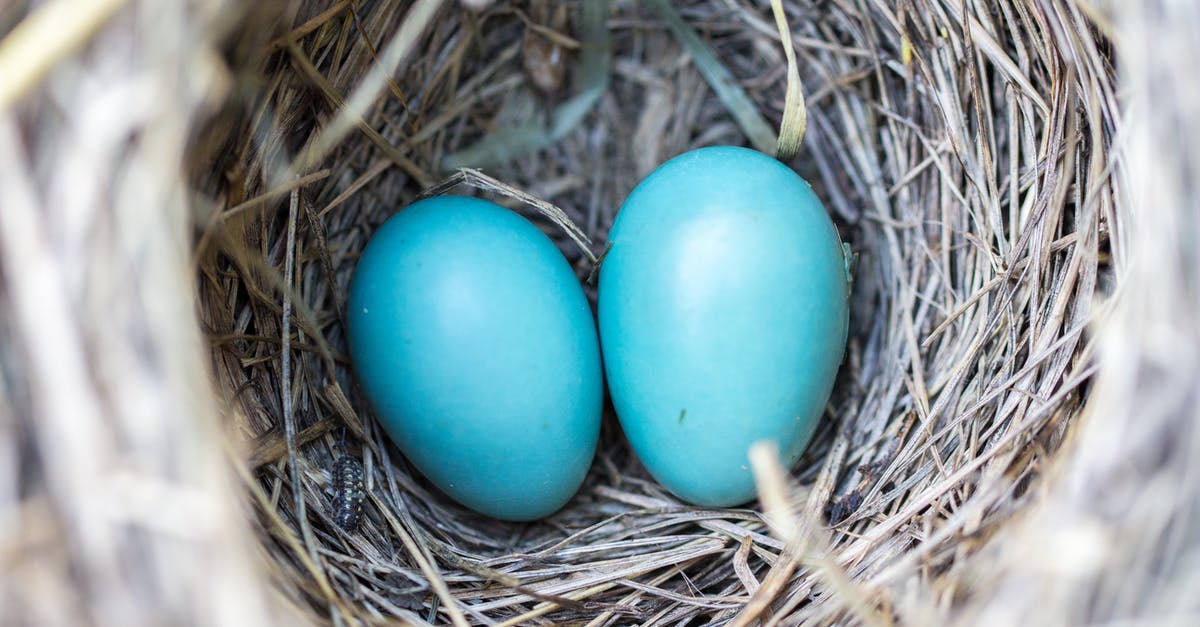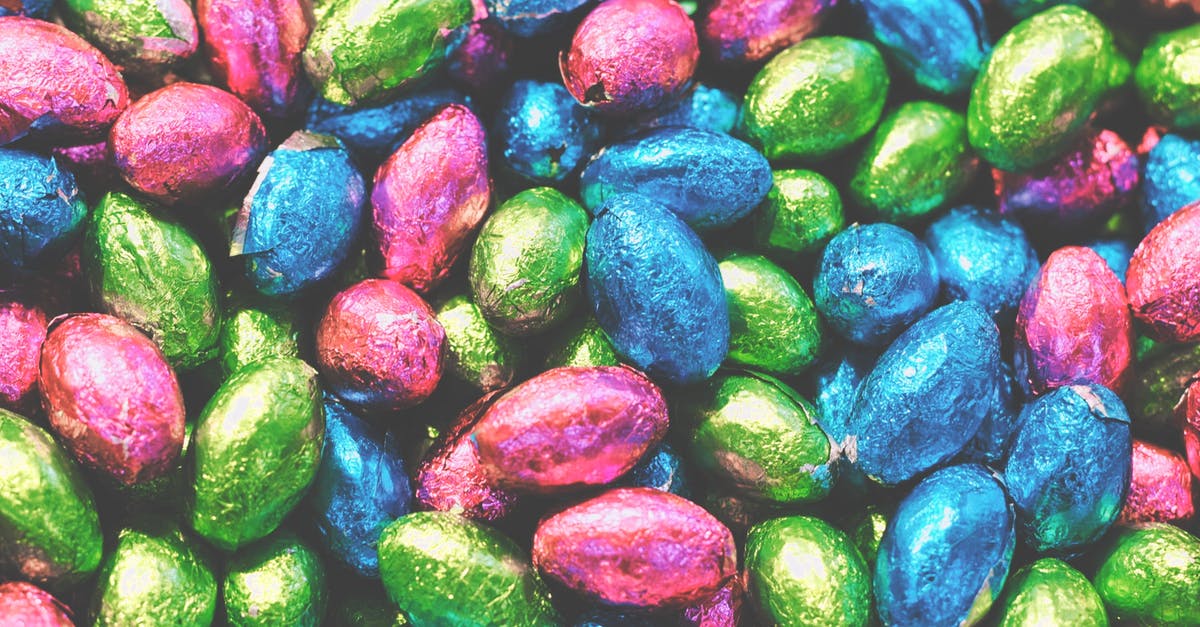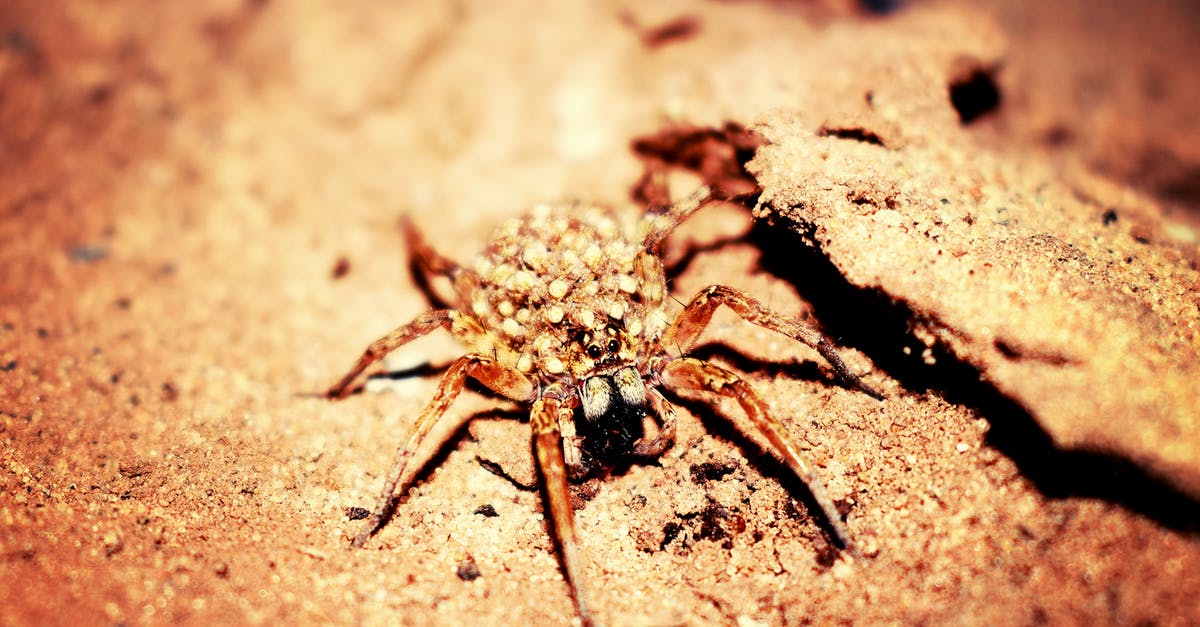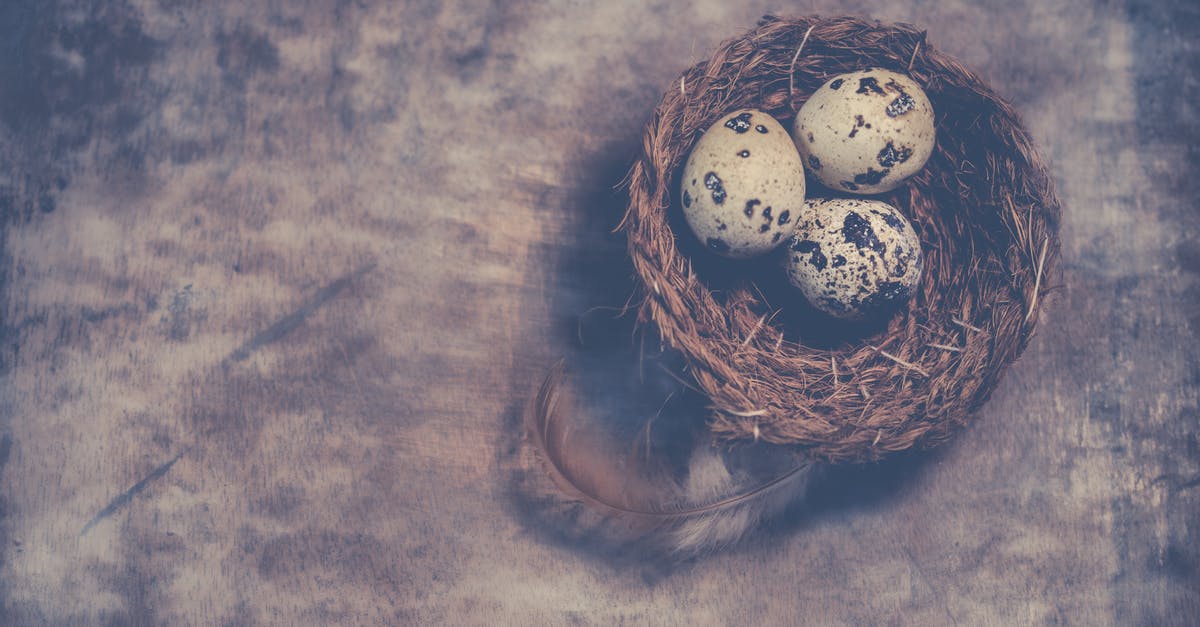How do eggs relate to the texture of the cake?

But to answer your last question, eggs role in cakes isn't necessarily to contribute flavor, but more as a binding agent, which ultimately determines the texture of your cake (e.g. light and airy, or thick and dense).
http://www.chowhound.com/post/eggs-put-cake-700653?commentId=5538121
So, does lots of eggs mean light cake or dense cake? How does this work? What can happen if I put too many eggs in the cake?
Best Answer
I'll take a stab at this broad question, because I think it deserves at least an attempt at a general answer.
Eggs are very important to the texture of many cakes, but as noted in comments, the effects of changing the amount of eggs are really dependent on the type of cake. To generalize:
- For cakes that are intended to be light in texture already, the quantity of eggs is generally pretty well calibrated to maximize lightness -- adding or subtracting a significant amount of egg is unlikely to improve the texture.
- For dense cakes, the exact amount of eggs is frequently more about richness and flavor than creating a precise texture. However, shifting the number of eggs appreciably could change baking time and how the cake sets.
Unbeaten eggs are (as the question notes) mostly for binding, rather than lightness. They also provide a richness to the flavor and can soften the texture. Yolks alone (or using more yolks than whites) are also often used for richness, as in very dense or velvety cakes (like flourless chocolate cakes). Whites even unbeaten will bulk up the cake a bit and can help support the cake's structure through earlier coagulation during baking. However, having more unbeaten eggs doesn't necessarily mean a "lighter" or "denser" cake: that will depend more on the other proportions of ingredients and how high the cake rises before the eggs coagulate.
Beaten eggs are generally used to add lightness. Beaten whites provide the most lift and lightness (as in angel food cakes). Beaten whole eggs or beaten yolks can also contribute something to lightness, particularly when they are beaten together with something else to stabilize them (most commonly sugar) and/or heated gently until they become "ribbon-like" and thick (but not so hot as to coagulate). Often whites and yolks are added separately, with the beaten whites sometimes folded in toward the end to add extra lightness. In general, the foam from whole eggs is a lot less stable, so whole eggs are frequently beaten into recipes after the primary bubbles are created (e.g., through creaming butter with sugar, or other possible methods).
So, in general, it's not so much that "more eggs" means lighter or denser or whatever -- it really depends on the detailed mixing methods and how the eggs are used.
When eggs are used for lightness (for example, when whites are beaten separately and folded in), the addition of another egg or two may sometimes be useful for increasing lightness, while removing some egg will likely make the cake more dense (and somewhat less rich). But again, this really depends on the exact composition of the cake already. For most recipes, there is often a "sweet spot" where the right amount of eggs will stabilize the structure and keep the cake light, whereas less might result in a denser and drier texture with a tougher crumb (more like a sweet bread than a cake, or perhaps more crumbly given the low gluten content of many cakes), and more will provide no further benefit and will eventually begin to weigh the cake down (and will start to create a noticeable "eggy" flavor).
By adding even more eggs, eventually the cake texture will begin to change significantly as it becomes more dense. Without sufficient flour to balance the eggs, eventually the cake will have a custard-like texture and flavor, first likely resembling "French toast" and then with a huge excess of eggs becoming essentially a custard OR developing curds and clumps of egg protein and becoming more of an odd "baked omelet" (depending on proportions of other ingredients).
A final factor is balancing other leaveners and moisture if adding or reducing eggs, since a final contribution of eggs is simply their liquid content. Significantly reducing eggs will impact the moisture of the cake and in extreme cases could result in a heavy dry crumbly mass or a wet mess that won't set. The thickness of the batter is also generally calibrated to the amount of leavening (e.g., baking powder). Too much leavening in a thin batter, and the bubbles will be too big and will rise to the top of the batter and burst. Too little leavening, and the cake will never rise. Either way, you could end up with a dense final product if things are out of balance.
Pictures about "How do eggs relate to the texture of the cake?"



Quick Answer about "How do eggs relate to the texture of the cake?"
The moisture amounts from eggs also affect the texture of your pastry. Eggs yolks makes richer and softer baked goods, while egg whites give you a lighter and airier product. Most recipes call for a traditional large egg in baking.How do eggs affect texture?
Egg yolk contains lecithin and other phospholipids that act as natural emulsifiers, with this emulsification property a benefit to aspects of finished product texture. The emulsifying action of egg yolk helps produce smooth batters, and subsequently, contributes to volume and texture.How does egg help in cake?
You'll quickly discover there are many more than five functions of eggs in baking and cooking.Do eggs make cake fluffy or dense?
Like flour, eggs build structure in a cake, so they make a cake batter more bonded and dense.What causes the texture in cake?
Much of the tender, melt-in-the-mouth texture of cake comes from gas bubbles, which subdivide the batter into fragile sheets. The majority of this air is added in this initial stage by vigorous mixing of the fat and sugar \u2013 a process called "creaming". Air is carried along on the rough surfaces of the sugar crystals.THE FUNCTION OF EGGS IN BAKING | whole eggs, egg whites, egg yolks
Sources: Stack Exchange - This article follows the attribution requirements of Stack Exchange and is licensed under CC BY-SA 3.0.
Images: Pixabay, Tim Gouw, Zac Frith, Ylanite Koppens
